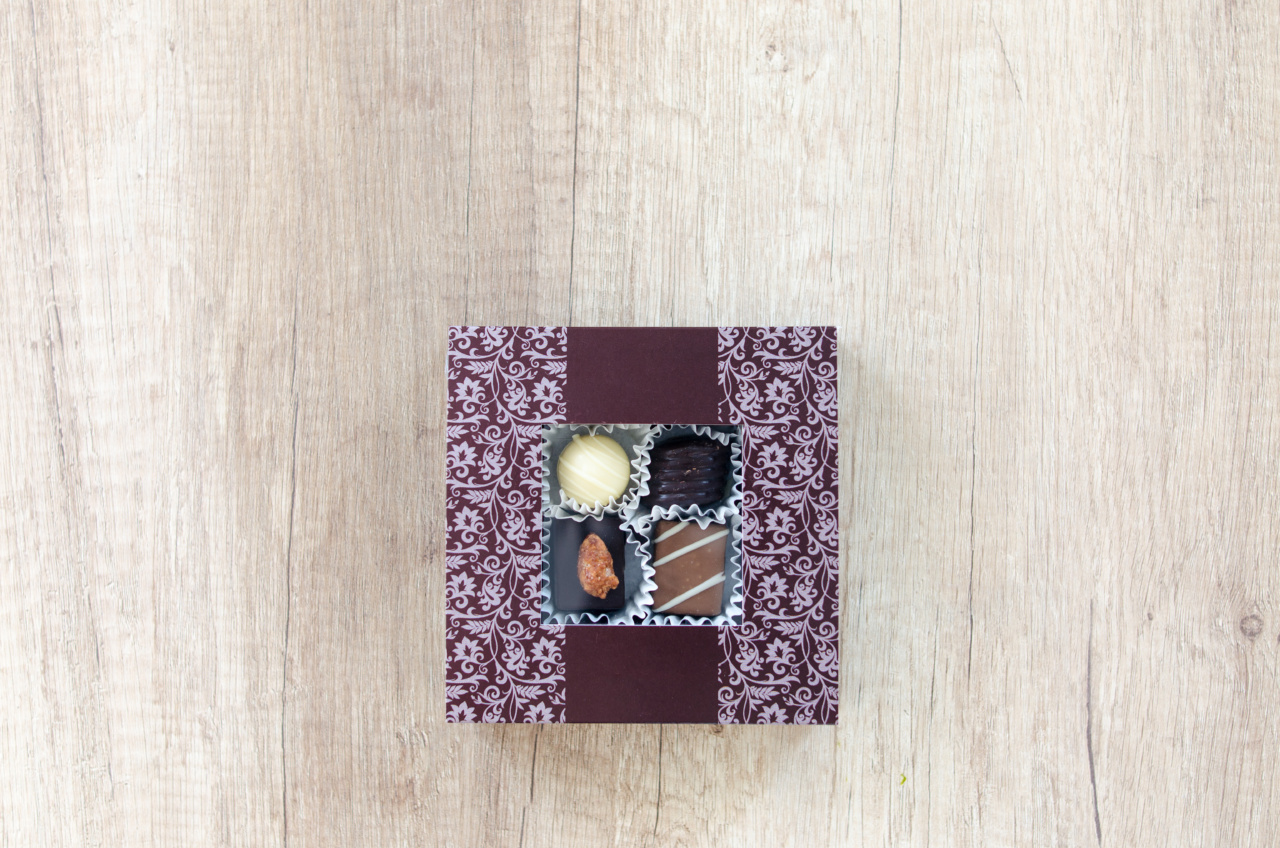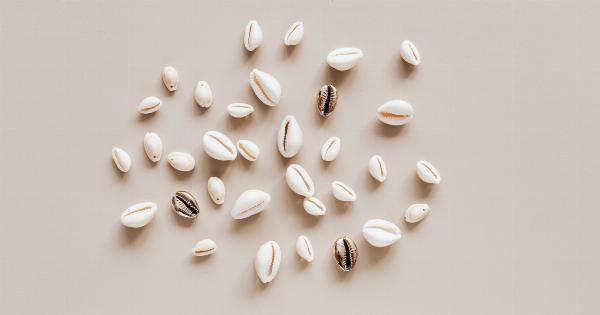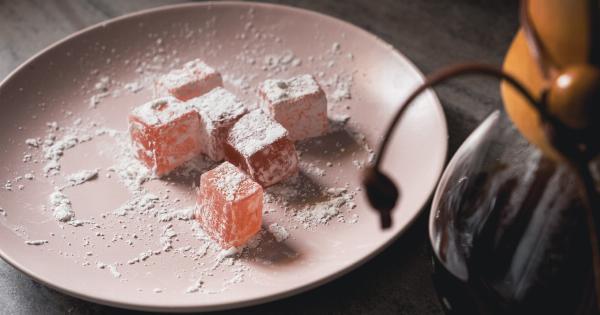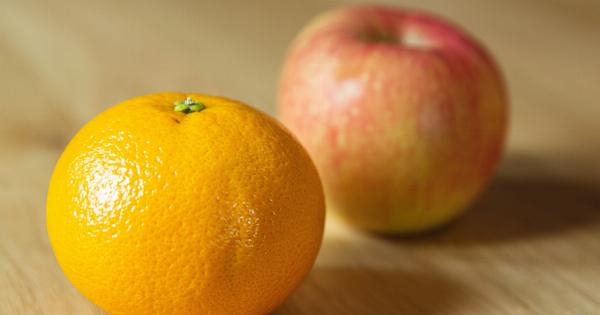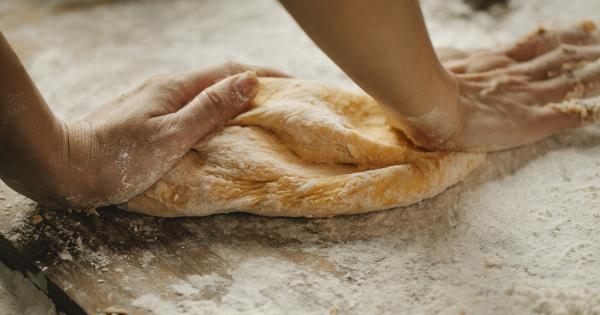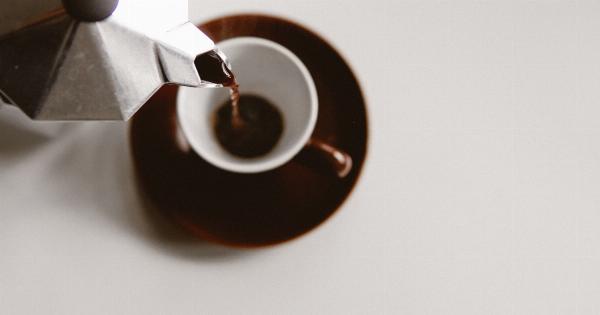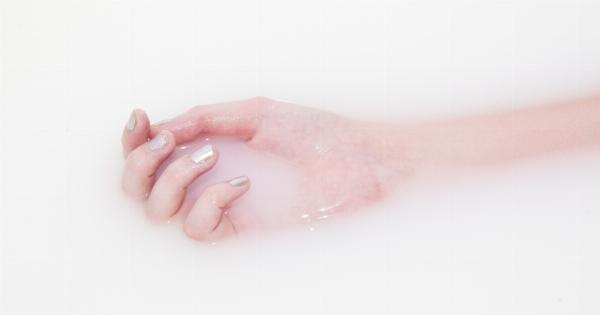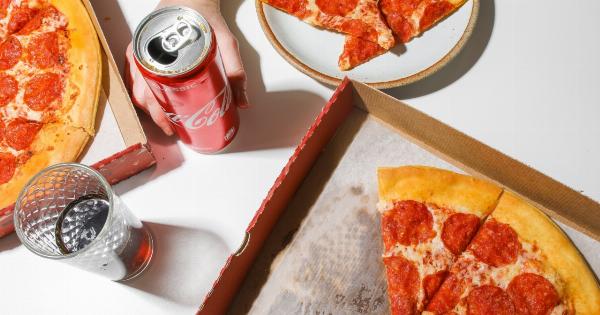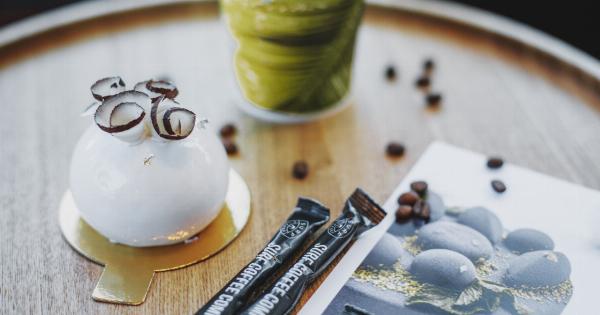Sugar is a common ingredient used in most kitchens worldwide. While most people use sugar without considering their type, there are two distinct types of sugar: brown and white sugar.
Both types differ in their chemistry, taste, appearance, and applications. In this article, we explore the chemistry of white and brown sugar, highlighting their differences and similarities.
What is Sugar?
Sugar is a carbohydrate that offers the body instant energy. It is a product that results from the processing of sugar beets or sugar cane. The juice extracted from the plants goes through a series of processes to extract the sugar granules.
Sugar manufacturers refine the sugar granules into different types, including brown, white, and specialty sugar types.
The Chemistry of White Sugar
White sugar is a refined form of sugar that manufacturers obtain from raw sugar. The refining process entails washing the raw sugar with water to eliminate the molasses and other impurities. The result is pure sucrose, which is the primary sugar compound.
White sugar is made up of 99.9% sucrose and is a water-soluble carbohydrate. It has a crystalline structure, which makes it easier to measure and store. In recipes, white sugar dissolves fast, meaning it is useful in making foods such as cakes, cookies, and candies.
The absence of molasses in white sugar means that it has a shelf life of about two years or more.
The Chemistry of Brown Sugar
Brown sugar shares many similarities with white sugar, although they differ significantly in their chemistry. Brown sugar has molasses, which is a byproduct of processing raw sugar.
Sugar manufacturers add molasses to the white sugar granules, leaving it with a moist, sticky texture. The darker the brown sugar, the more molasses it has, which affects its taste and color. Brown sugar has a slightly lower concentration of sucrose than white sugar and is much softer and stickier.
Molasses gives brown sugar its characteristic flavor and color and makes it an essential ingredient in making baked foods such as cakes and cookies. Brown sugar has a shelf life of about a year. However, it loses moisture over time, making it harder and harder.
Taste Comparison: Brown Sugar vs. White Sugar
The taste of sugar depends on its chemistry. Brown sugar tastes different from white sugar because of its molasses content. The molasses in brown sugar gives it a complex flavor that is hard to replicate.
The taste of white sugar is one-dimensional, with little to no flavor, and is much sweeter. Brown sugar has a richer, deeper, and more complex flavor due to its molasses content. The taste of brown sugar has a hint of caramel, fudge, and toffee, making it ideal for baking sweet products.
White sugar, on the other hand, has a neutral flavor which makes it suitable for making candies, jams, and marmalades.
Appearance Comparison: Brown Sugar vs. White Sugar
Brown and white sugar differ in appearance. White sugar is crystalline and translucent, while brown sugar has a more granular texture that is light brown in color. The molasses in brown sugar gives it a slightly wet and sticky texture.
The darker the brown sugar, the more substantial its molasses content, and the stickier its texture. White sugar crystals are uniform, shiny, and reflect light, making it easy to spot them in foods like desserts and cakes. Brown sugar crystals are not translucent, and they tend to clump together if exposed to humidity.
Brown Sugar vs. White Sugar: Which is Healthier?
There is no clear winner in this contest. Both brown and white sugar are carbohydrates with little to no nutritional value. However, brown sugar contains molasses, which contains trace amounts of micronutrients like iron and calcium.
These micronutrients, however, are negligible compared to the amounts required by the body. While brown sugar might be a bit healthier due to its molasses content, it is also much more calorie-dense than white sugar. Both forms of sugar are responsible for causing spikes in blood sugar levels, which can lead to diabetes and obesity.
Brown Sugar and White Sugar Uses
The uses of white and brown sugar are diverse. They are both commonly used in baked goods like cakes and cookies, with brown sugar providing a unique color and flavor.
White sugar can be used in place of brown sugar in baked goods like cakes and pastries that require a smooth texture, whereas brown sugar provides a rougher texture in baking. White sugar is also used in drinks such as coffee and tea to sweeten them. It is also used in making jams and jellies to preserve them.
Brown sugar is more commonly used in the preparation of barbecue sauces and marinades, giving them a slightly sweet and savory taste.
The Verdict
Brown and white sugar are two different forms of sugar that have distinct chemical compositions, tastes, and appearances.
While brown sugar has molasses and numerous micronutrients, it is also-more calorie-dense than white sugar, making it no healthier than white sugar. Both forms should be eaten in moderation to avoid adverse health effects.
